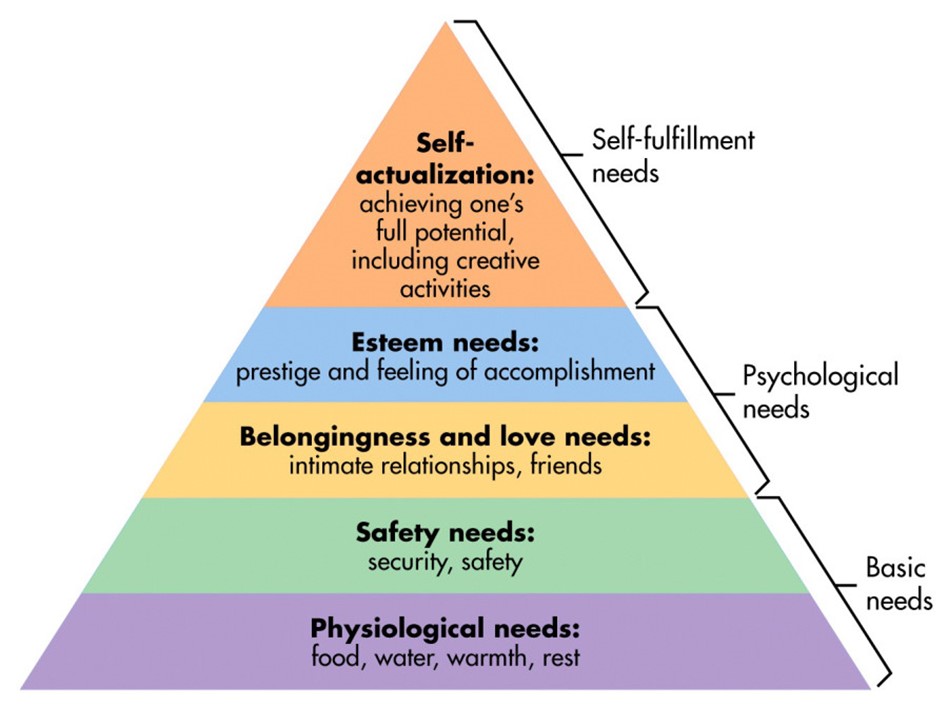
From Student to Researcher (in one Term!) Post 7: Why do we think the CURE format is so fulfilling for learners?
From the consistent strong positive feedback we have received from graduates of the CURE course we can see that they are thoroughly enjoying their course experience and find it valuable. (Revisit Blog Posts 3 and 5 for a refresher.)
By Harold Bull, Dawn Giesbrecht and Sheryl Mills(This blog series is authored by USask denizens Harold Bull, Dawn Giesbrecht and Sheryl Mills) Harold is Assistant Professor Biochemistry, Microbiology & Immunology. Dawn is Laboratory Instructor Anatomy, Physiology and Pharmacology; Biochemistry, Microbiology and Immunology. Sheryl is Associate Director, Academic Programs & Interprofessional Education)
From the consistent strong positive feedback we have received from graduates of the CURE course we can see that they are thoroughly enjoying their course experience and find it valuable. (Revisit Blog Post Episodes 3 and 5 for a refresher.)
We were, of course, CUREious as to ‘why’ this is so. In Episode 3, we suggested that our learners’ glowing responses to the CURE environment reflected Maslow’s Hierarchy of Needs. In this episode we take a deeper dive into Maslow’s Hierarchy as a way to satisfy our CUREiousity and ensure its reproducibility.
For those of us new to Maslow’s Hierarchy of Needs here is the original version.

See footnote for source [1]
Let’s do a quick run-through aligning the hierarchy to the learners’ CURE experiences:
Table 1: The CURE Course meets Maslow’s Hierarchy of Needs.
|
Need |
CURE Coverage |
|
Physiological: biological requirements for human survival |
We imagine learners arrive with their physiological needs met.[2] |
|
Safety: order, predictability and control of one’s life. |
The course architecture is paramount in providing the safe and structured environment in which the learner colleagues can flourish. More literally, safety needs are met through upfront lab-safety protocols and the required presence of supervision. |
|
Love/Belonging: human emotional need for interpersonal relationships, affiliating, connectedness, and being part of a group. |
The sense of belonging is nurtured by learner choice in team formation and weekly supportive interactions with instructors and fellow learners in weekly team meetings.[3] |
|
Esteem: self-worth, accomplishment and respect. (i) esteem for oneself (dignity, achievement, mastery, independence) and (ii) the desire for reputation or respect from others (e.g., status, prestige). |
In this course, learners are valued contributors who are missed when (very big IF) they miss a session. This collegial environment is foundational to each learner feeling esteemed, self-confident and respected.[4] |
|
Self Actualization: the realization of a person's potential, self-fulfillment, seeking personal growth and peak experiences. |
Learners indicate that the successes that they experience from developing their research questions to developing their research protocols to sharing their findings are opportunities for personal growth and self-fulfilment. And of course there is the great ‘ah ha!’ or ‘peak’ experience of discovery. |
No wonder this is such a positive experience for learners!
- The environment is safe and structured and orderly.
- Learners have the responsibility and freedom to take ownership of all aspects of their research.
- Learners also have a great degree of control over their environment and what they are doing in that environment.[5]
- The authentic team-based research, discovery, and disseminating results and the associated responsibilities creates an atmosphere of collegium that permeates all aspects of the course, and occasionally wafts into the adjoining corridors, classrooms and conversations.
- Everyone becomes an expert in what they have researched.
Bonus! In our next blog post we will explore why it is also such a positive experience for instructors!
Find ALL BLOG POSTS IN THIS SERIES HERE. Find the previous post here.
Podcasts:
[1] https://www.simplypsychology.org/maslow.html
[2] We note that none of our learners have eaten into the course supply of nutrient-rich agar plates.
[3] Sheryl has a theory that learners in this class have more interactions with other humans than in most other undergraduate courses that they take.
[4] One could 🙄 consider the course environment as ‘a selective, or perhaps enrichment media’ for growing competent, CUREious researchers… but that just might be how us microbiologists envision things…though even Sheryl got this one 😏.
[5] People can get food when hungry (please leave the agar plates for microbes!), nap when they need a nap and take a biological function break (a BFB) when needed.

